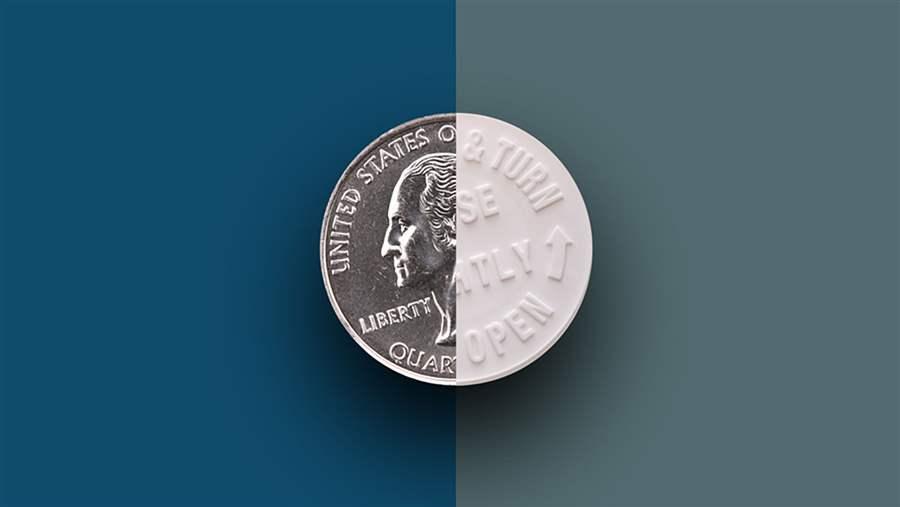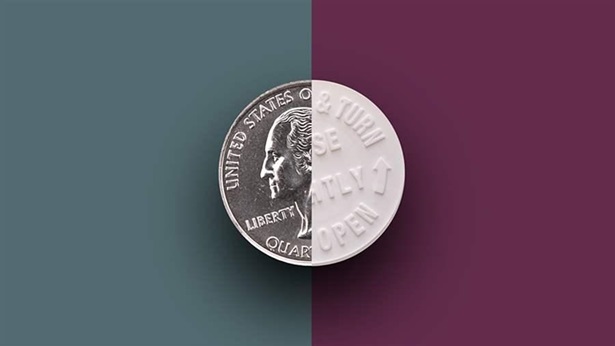Payment Policies to Manage Drug Costs
U.S. policymakers and patients continue to grapple with rising pharmaceutical spending, which accounted for $310 billion in 2015, an increase of almost 9 percent from the previous year. And costs are expected to continue to rise as high-priced brand-name and specialty medications hit the market. New branded drugs accounted for $24 billion in spending in 2015, while Medicare costs for specialty medications jumped to $33 billion, more than triple what they were in 2010.
Americans spend twice as much on prescription drugs compared to people in other high-income countries. While U.S. payers have struggled to rein in drug costs, health care payers abroad have used a variety of payment and coverage policies to more effectively manage drug spending.
A new report from The Pew Charitable Trusts examines six policies that other countries use to better manage pharmaceutical costs. The report—“Payment Policies to Manage Pharmaceutical Costs: Insights From Other Countries”—finds that:
- External benchmarking—or determining how much to pay for a drug by using a formula that takes into account what other countries pay—could lead to short-term cost savings in Medicare. Over a longer period of time, however, the effect of this policy could diminish as drugmakers increase list prices across the world and grant larger confidential discounts and rebates to hide actual prices being paid.
- Internal benchmarking—or setting a payment rate for a drug based on the cost of clinically comparable products—could significantly reduce Medicare costs for drugs with comparable therapeutic alternatives.
- Value-based benchmarking—or setting a price based on a drug’s effectiveness—could help reduce the use of high-cost drugs that offer minimal additional benefits compared with other available therapies.
- Restricting off-label prescribing—or forbidding the use of medicines for purposes other than those approved by regulatory authorities—could produce savings when employed to restrict use of drugs for which lower-cost, Food and Drug Administration-approved alternatives exist. However, it is unclear what effect off-label prescribing restrictions could have on health outcomes.
- Payer-seller agreements—in which payers negotiate with pharmaceutical companies to reduce drug prices through discounts or rebates—have had a sizable effect on prices in many countries. The large number of payers in the United States, however, could potentially limit negotiating power and the ability to attain significant discounts. Removing some restrictions on payers’ ability to negotiate—such as formulary requirements in the Medicare program—could increase savings.
- Denying coverage for medicines deemed unaffordable could reduce costs, but this approach would face significant sociocultural and legal barriers in the United States. Although reimbursement decisions in the United States can take a drug’s cost into consideration when therapeutic alternatives exist, there are few mechanisms for denying payment for an effective medicine based on price alone.
There is significant momentum in Congress and throughout federal and state governments and private payers to address the issue of high drug costs. Payers and policymakers could benefit from reviewing approaches used in other countries to consider whether similar tools and policies could be adopted or adapted for use in the United States.
Allan Coukell directs health programs at Pew. Chuck Shih works on the drug spending research initiative.














